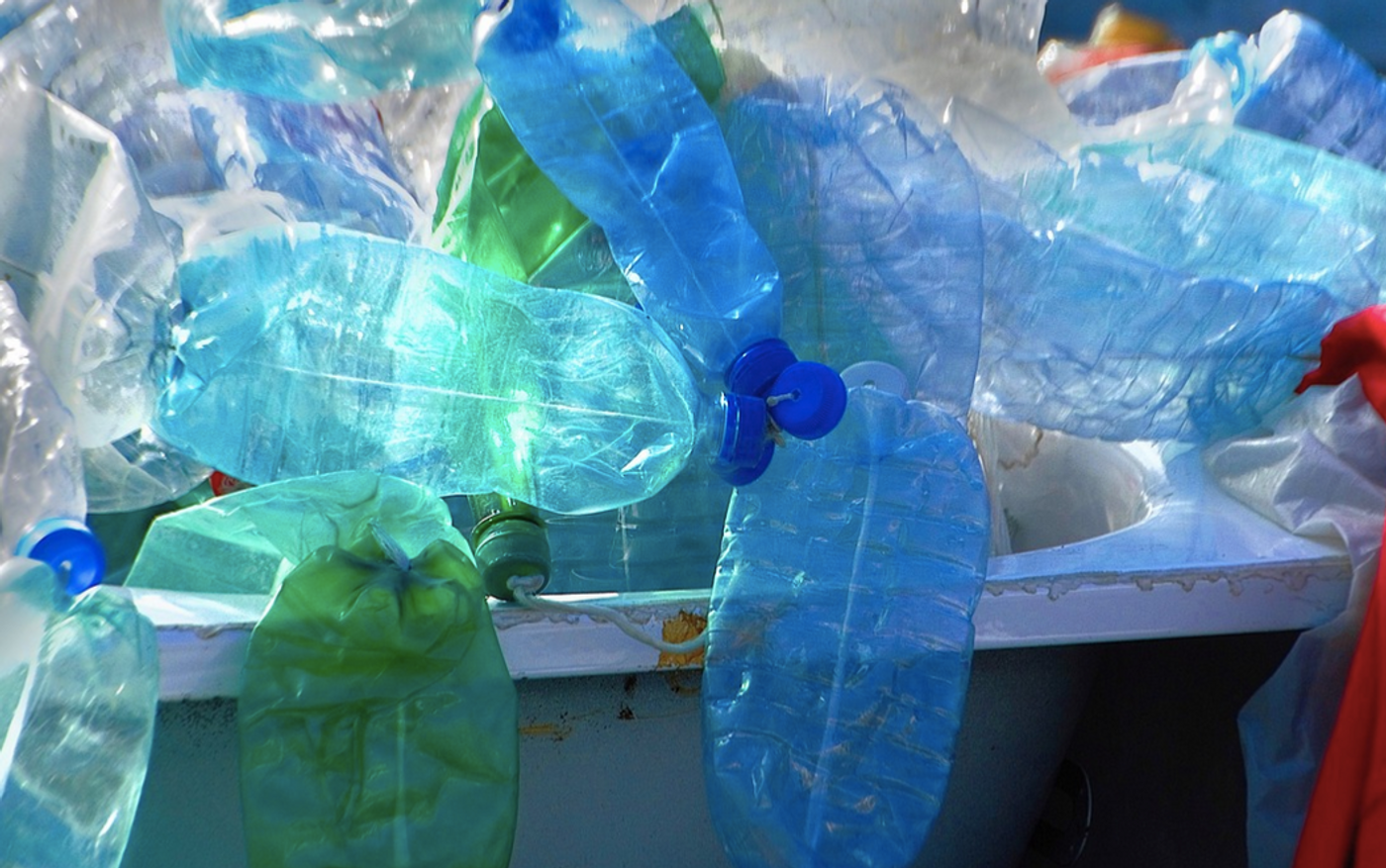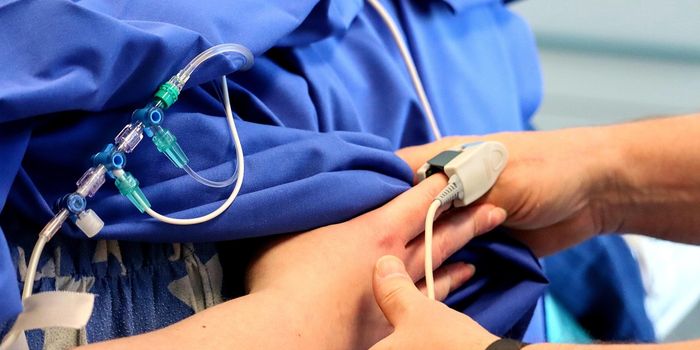Human Brains Found to Carry High Levels of Microplastics
Plastic materials are in widespread use, and this tough stuff sticks around in the environment. When plastic packaging, bags, and bottles are thrown away, they simply break apart into smaller and smaller pieces known as microplastics and nanoplastics, which have made their way into nearly everything. Microplastics, which are up to 500 micrometers, and nanoplastics, which range from one nanometer up to 500 micrometers, can be found throughout the environment: in bodies of water ranging from streams and rivers to the oceans; in soils and plants; and in the human body and placenta, for some examples. The production of plastic is also accelerating, with more being generated and thrown away all the time.
Researchers have now found that microplastics and nanoplastics seem to build up in the human brain at levels that are even higher than those found in the kidneys and liver. The kidneys and liver help remove toxins from the body, but the brain is a crucial organ that is protected by the blood-brain barrier. Yet, plastics seem to accumulate there. This study also showed that in an assessment of post-mortem brains, there were higher levels of microplastics and nanoplastics in brains from 2024 compared to brains from 2016. The findings have been reported in Nature Medicine.
We still don't know what the consequences of plastics accumulating in the human body may be, but one would think that it can't be good for our health. Plastics are made from oil, which is poisonous to humans.
However, scientists have not yet shown definitively that microplastics or nanoplastics are poisonous to humans, or what their health impact may be.
In this study, the researchers analyzed tissues to look at how microplastics and nanoplastics were distributed in 52 specimens. Plastic particles were found in every specimen, and brain samples carried significantly higher plastic concentrations compared to liver and kidneys. There were also higher plastic levels in the tissues that were obtained in 2024 compared to those from 2016.
The investigators also compared these levels to brain samples from even earlier times: between 1997 and 2013, and again confirmed that plastic concentrations are rising over time.
The researchers noted that higher concentrations of microplastics and nanoplastics were found in people who had suffered from dementia compared to those who were unaffected.
The scientists added that this work has not established a cause and effect relationship, and that geographic differences may also be involved. There were more tissue samples from New Mexico and the East Coast of the US, for example. Additional work will be needed to determine what kind of effect plastic particles have on human health, but this study has shown that such research is urgently needed.
Sources: Nature Publishing Group, Nature









